A number of Japanese carmakers attempted to set up new luxury brands in the 1990s to compete with the prestige European brands that were enjoying unprecedented success outside their home countries. Mazda created Eunos, which failed to get off the ground here and is no longer sold; Nissan set up the Infiniti brand and like Eunos failed to gain any sort of momentum before being withdrawn from the local market.
Only the Toyota prestige spin-off, Lexus, has managed to survive the birthing blues and now thrives thanks to its well-earned reputation for build quality, reliability and refinement.
The Lexus brand made a spectacular start with the large LS400, which shook up Mercedes-Benz in the early 1990s, and backed it up with the mid-sized ES300, which expanded its market reach.
MODEL WATCH
Word spread like wildfire when Lexus hit the US market. At the time the likes of Mercedes-Benz, BMW and Audi were on the nose with many buyers who were only too happy to switch to the newcomer that was not only built better than most, but was also more affordable.
Mercedes buyers in particular switched in their droves in what proved to be a wake-up call for the big German carmaker, but more importantly it gave the new Lexus brand a flying start.
The ES300 was the second model in the very slim Lexus portfolio when it was launched in 1992, but the LS400 had created enough of a stir for buyers of mid-sized prestige cars to stop in at Lexus dealers and take a look.
The problem for Toyota was that it had to differentiate the Lexus models from those carrying the Toyota badge. It wasn’t a problem with the LS400 because it was a distinctly different car that bore no relationship to anything Toyota sold. Not so the ES300, which could be seen as an upmarket Camry.
It didn’t help this perception that it did use the Camry platform and the Camry power train, but that’s where the relationship faded.
Where the Camry was a down-to-earth family four-door the Lexus was a luxury sports sedan with a completely different character all its own.
The smooth clean shape of the ES300 was clearly from the same designers who penned the Camry. It was neat and inoffensive to the eye, but there’s no escaping the fact that it was bland.
A silky smooth 3.0-litre double overhead camshaft V6 provided its power with four valves per cylinder, which injected 138 kW into the four-speed auto transmission at 5200 revs along with 264 Nm at 4400 revs.
A variable intake manifold enabled a smooth, seamless flow of power from low revs right through to the upper reaches of the speed range. When the right foot was pressed hard into the carpet the ES300 would reach 100 km/h from rest in a reasonable 8.0 seconds. It would account for the standing 400-metre dash in 16.2 seconds and boasted a top speed of 220 km/h.
Underneath, the ES300 boasted independent suspension at both ends, variable ratio power steering and four-wheel disc brakes with ABS anti-skid protection.
The interior of the ES300 was sumptuous, with superbly comfortable seats trimmed in leather, the air was cooled automatically and there was a high quality sound system.
There was just the single ES300 model at first and it had pretty much everything you could wish for, including power windows, auto air, eight-speaker premium sound system with a 12-stacker CD player, cruise, leather, alarm, and headlamp washers.
Lexus released an updated ES300 in 1996, which not only brought 11 kW more power, it also brought some subtle styling changes and a brace of new models in the form of the S and LXS.
IN THE SHOP
Mechanics go broke waiting for Lexus owners to turn up on their doorsteps looking to have their cars fixed.
Lexus clearly set the build quality benchmark from the moment the badge appeared and that has translated into reliability as they get older and cover more ground.
Check for a service record to make sure the oil has been regularly changed. The Lexus is a prestige car so be suspicious of any that hasn’t been serviced according to the schedule.
Keep a watchful eye out for imports, which may have arrived here with little known history.
IN A CRASH
A driver’s airbag was standard from the start, while a passenger’s airbag was added in 1993.
The ES300’s well-balanced chassis is well equipped to avoid a collision situation, and with four-wheel discs overseen by ABS electronics the ES300 has a good level of primary safety.
OWNERS SAY
Matt Ure has driven Fairlanes, LTDs and Jaguars over the years, and says his 1997 ES300, which has done 130,000 km, is the only car that he has not even had a single problem with. Indeed, he says, it drives and rides the same as the day he drove it out of the showroom 10 years ago.
Stephen Lacey recently sold his 2003 Toyota Corolla after finding the seats unbearably uncomfortable and the NVH shocking and bought a 70,000 km 2000 Lexus ES300. After owning some 21 cars he says the Lexus is by far the best he has ever owned. He likes its understated elegance, its comprehensive level of equipment, build quality, comfort, drivability and the satisfaction of telling people he owns a Lexus.
LOOK FOR
• Growing prestige of the Lexus badge
• smooth comfortable ride
• refined interior ambience
• Impeccable reliability
• Good build quality
THE BOTTOM LINE
• Few cars can boast the reliability and refinement of the Lexus ES300.
RATING
85/100
Lexus ES300 1992:
| Engine Type | V6, 3.0L |
|---|---|
| Fuel Type | Unleaded Petrol |
| Fuel Efficiency | 12.0L/100km (combined) |
| Seating | 5 |
| Price From | $3,410 - $5,280 |
Range and Specs
| Vehicle | Specs | Price* |
|---|---|---|
| es300 Base | 3.0L, Unleaded Petrol, 5 SPEED AUTOMATIC | $4,510 - $6,600 |






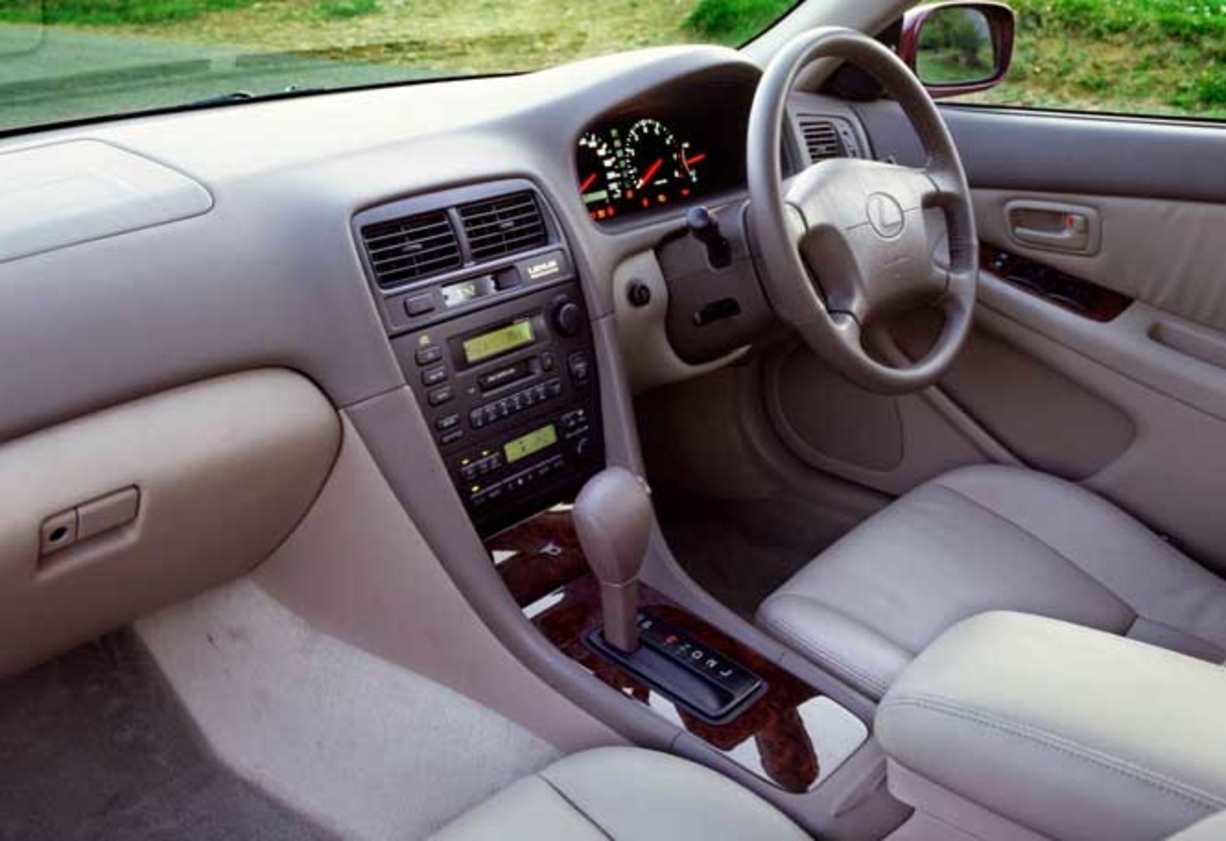
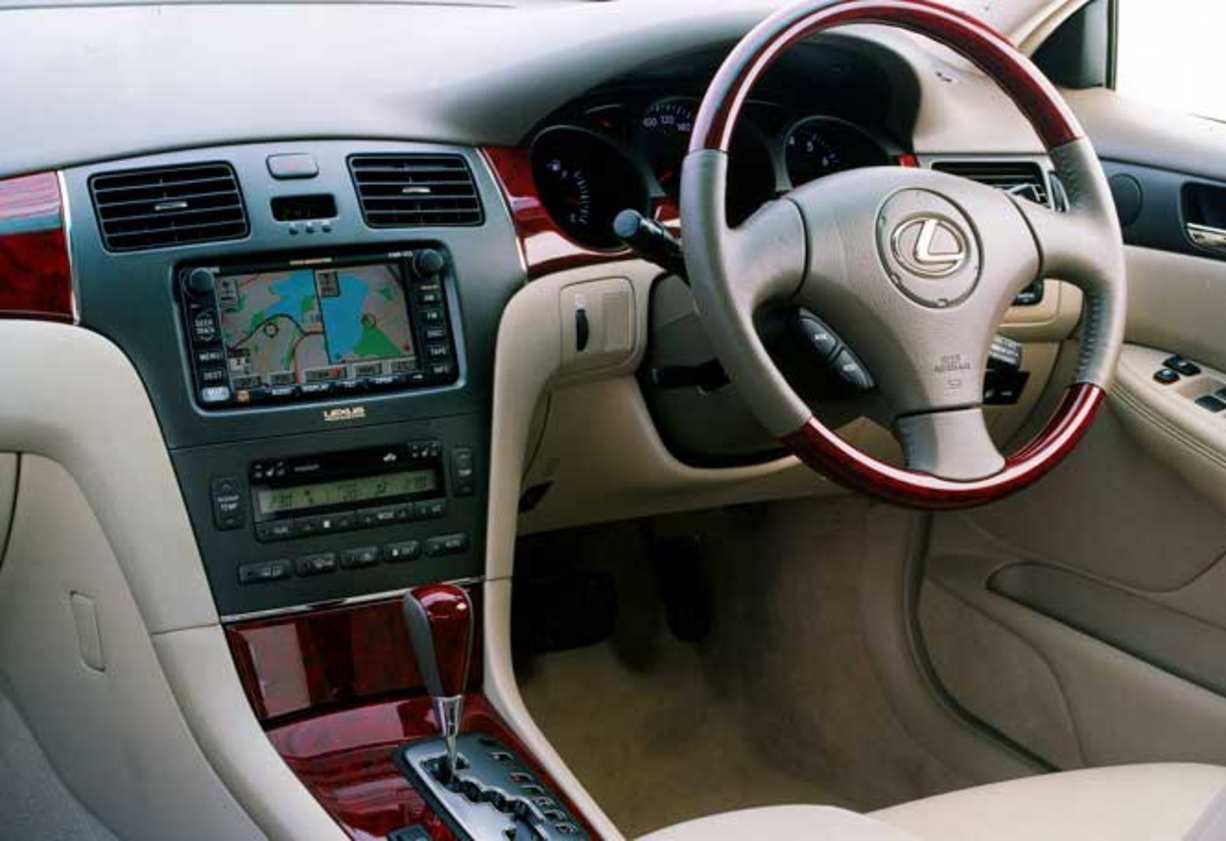
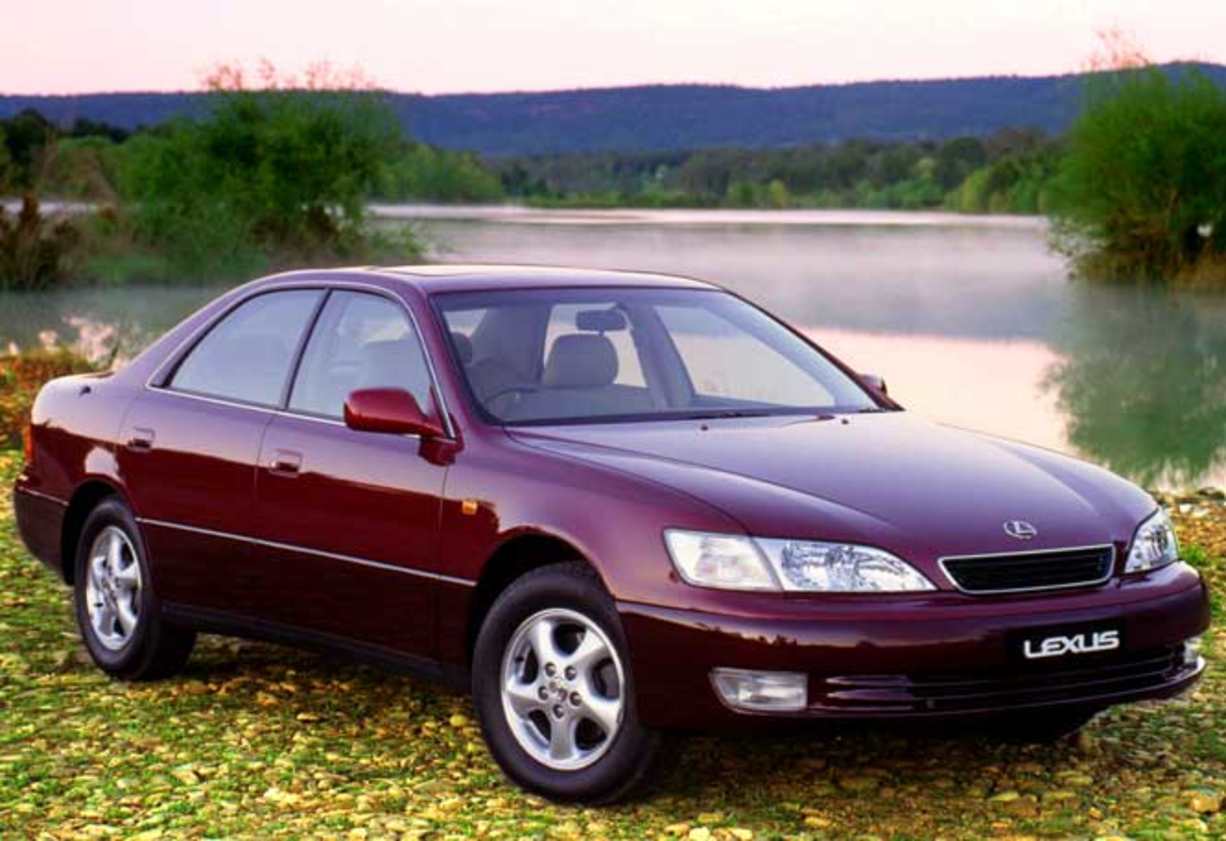
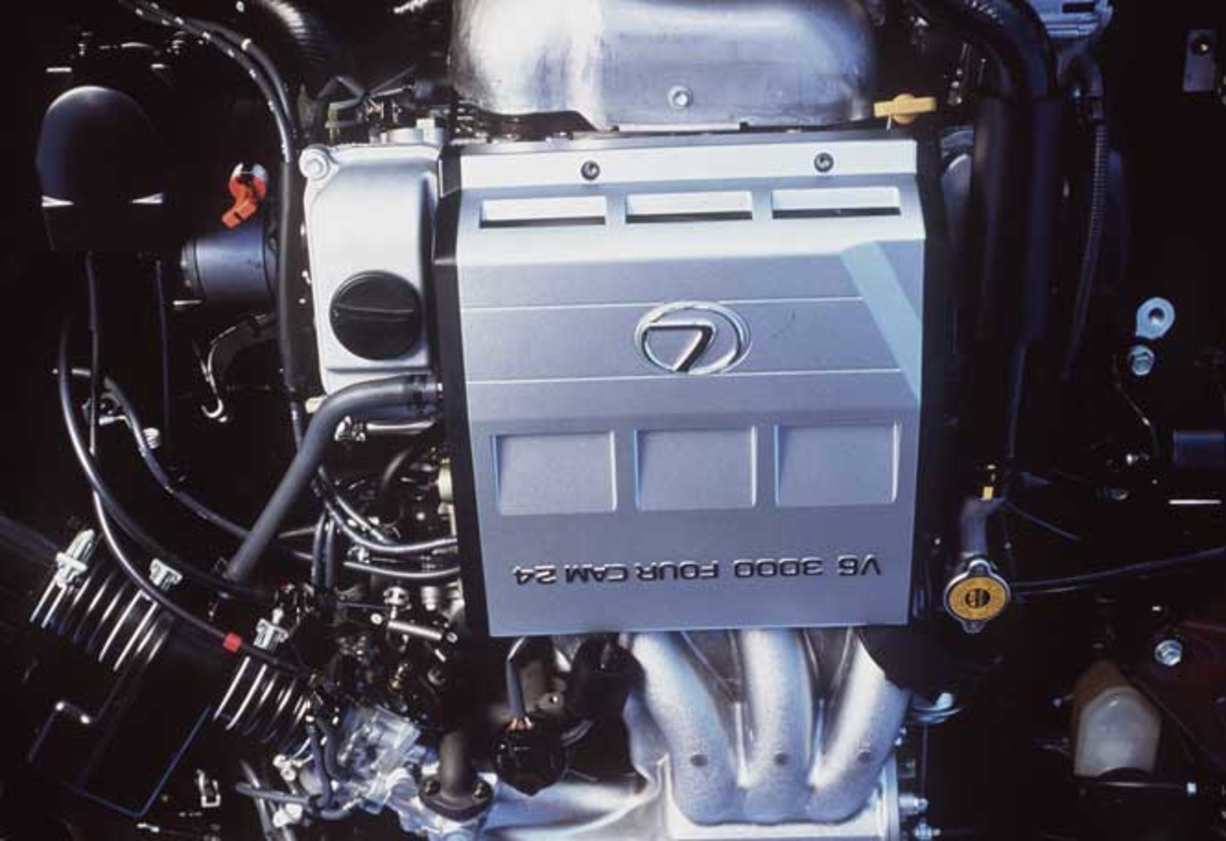
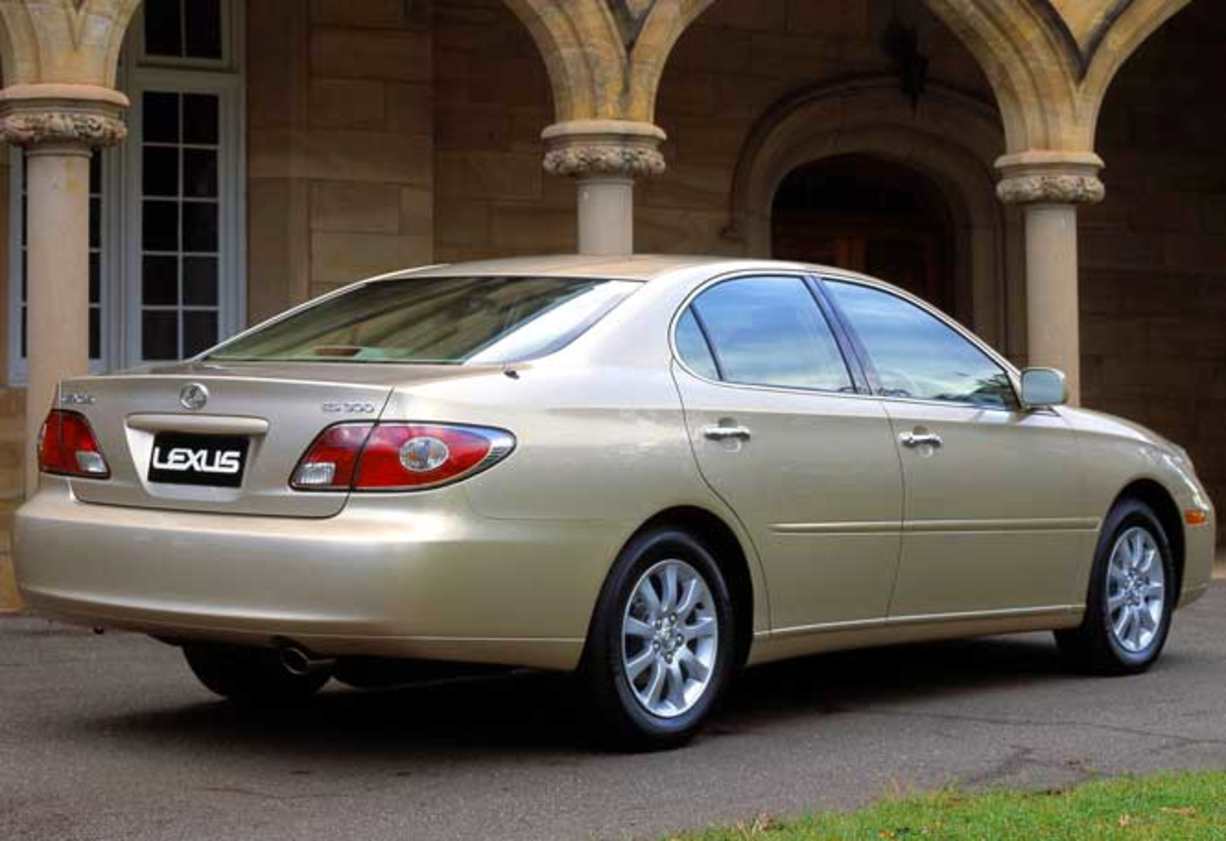
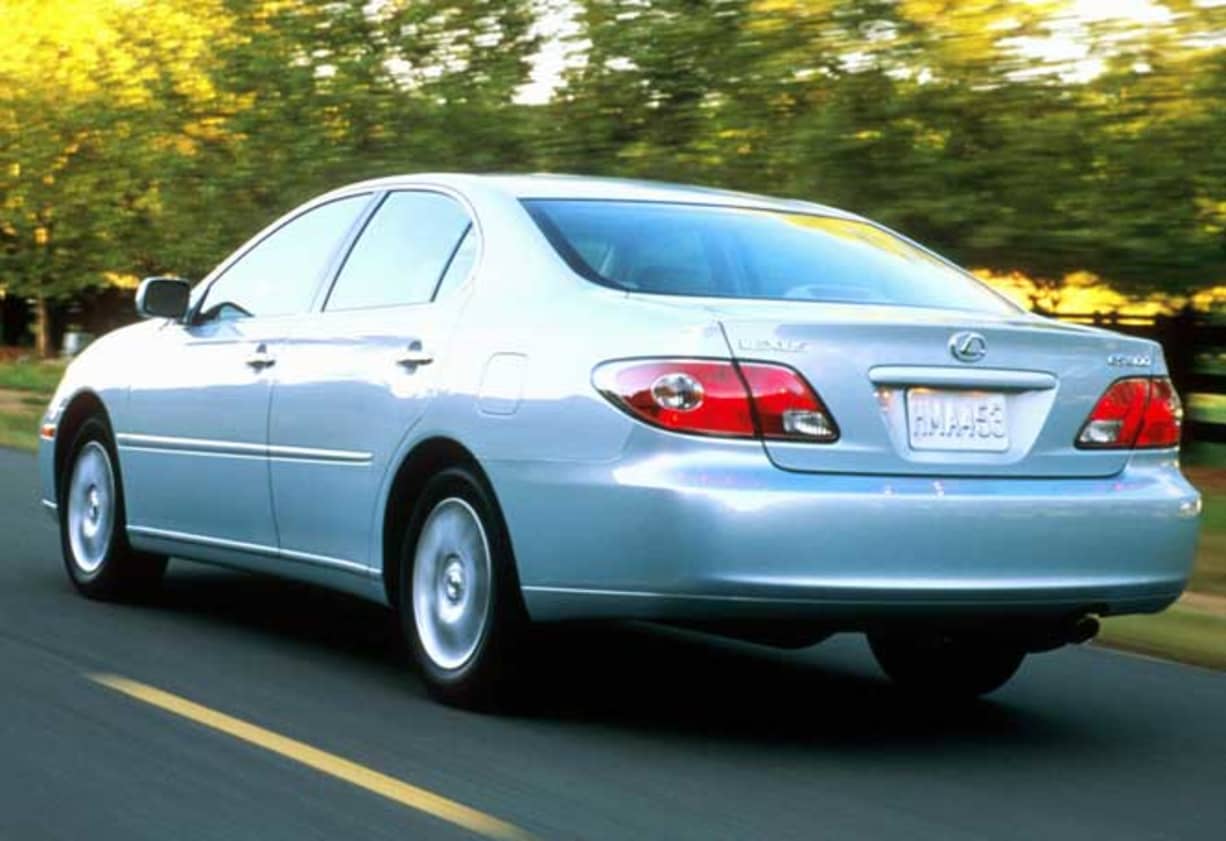
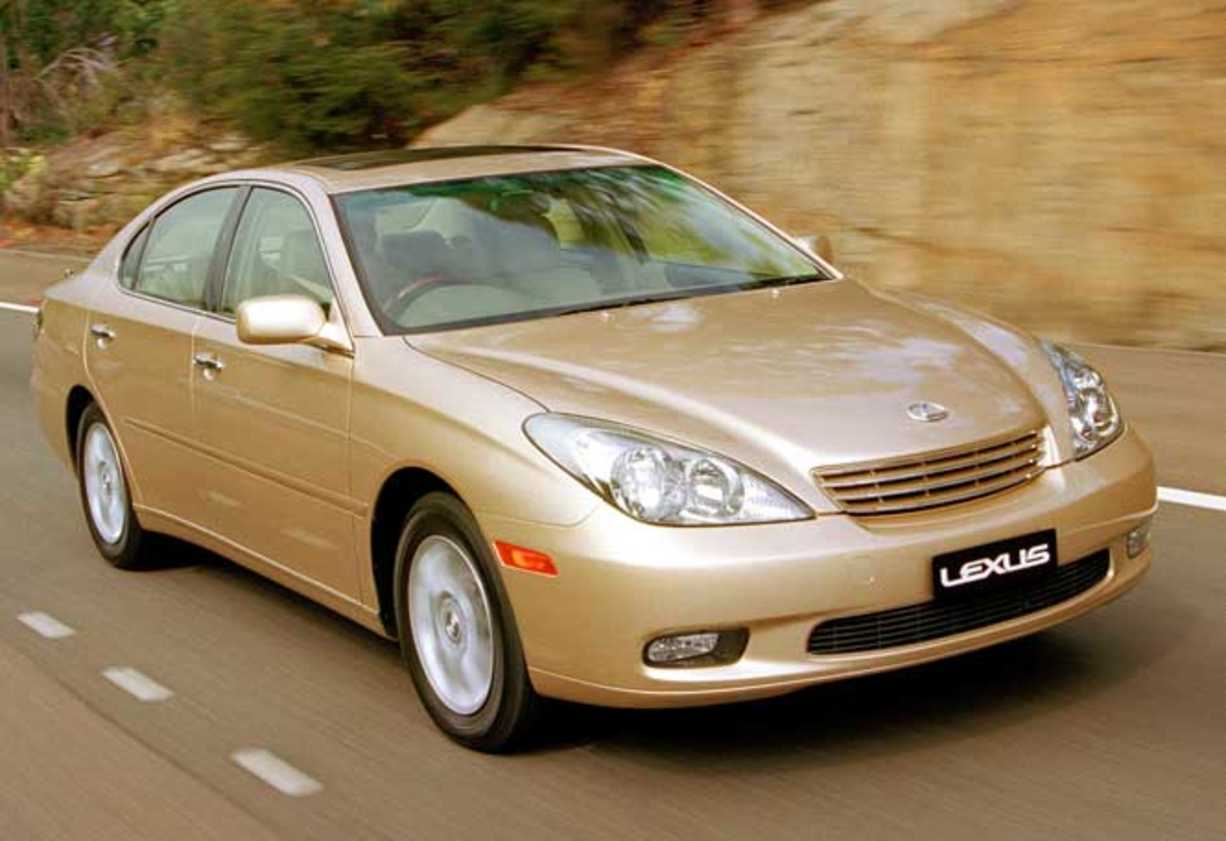
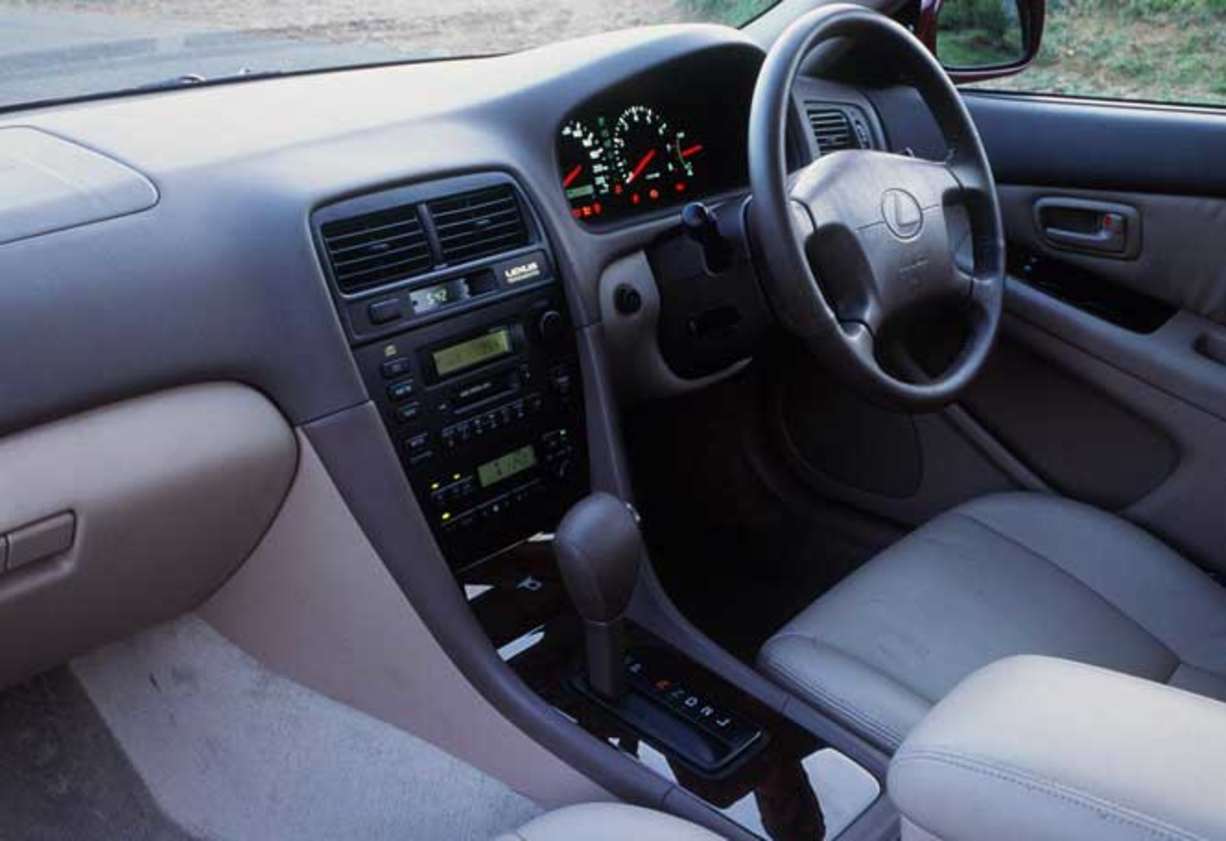
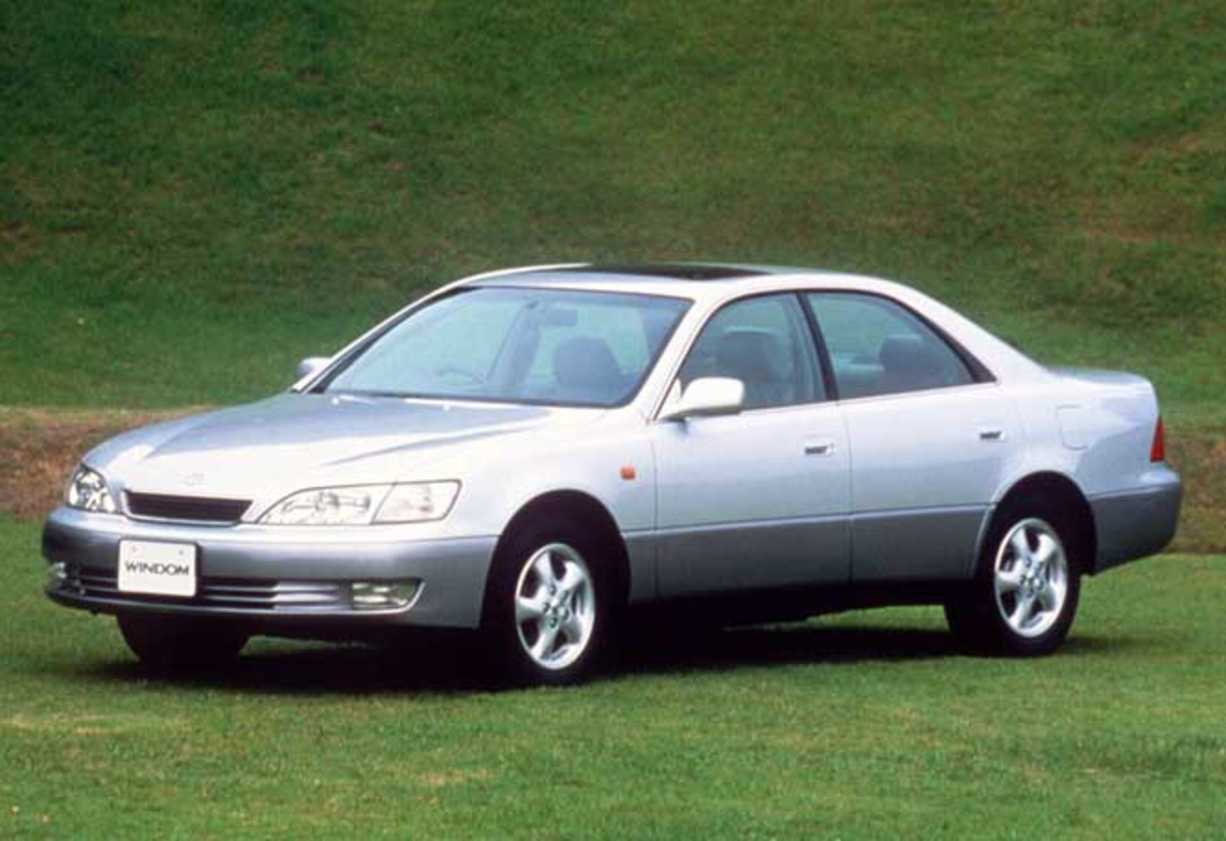
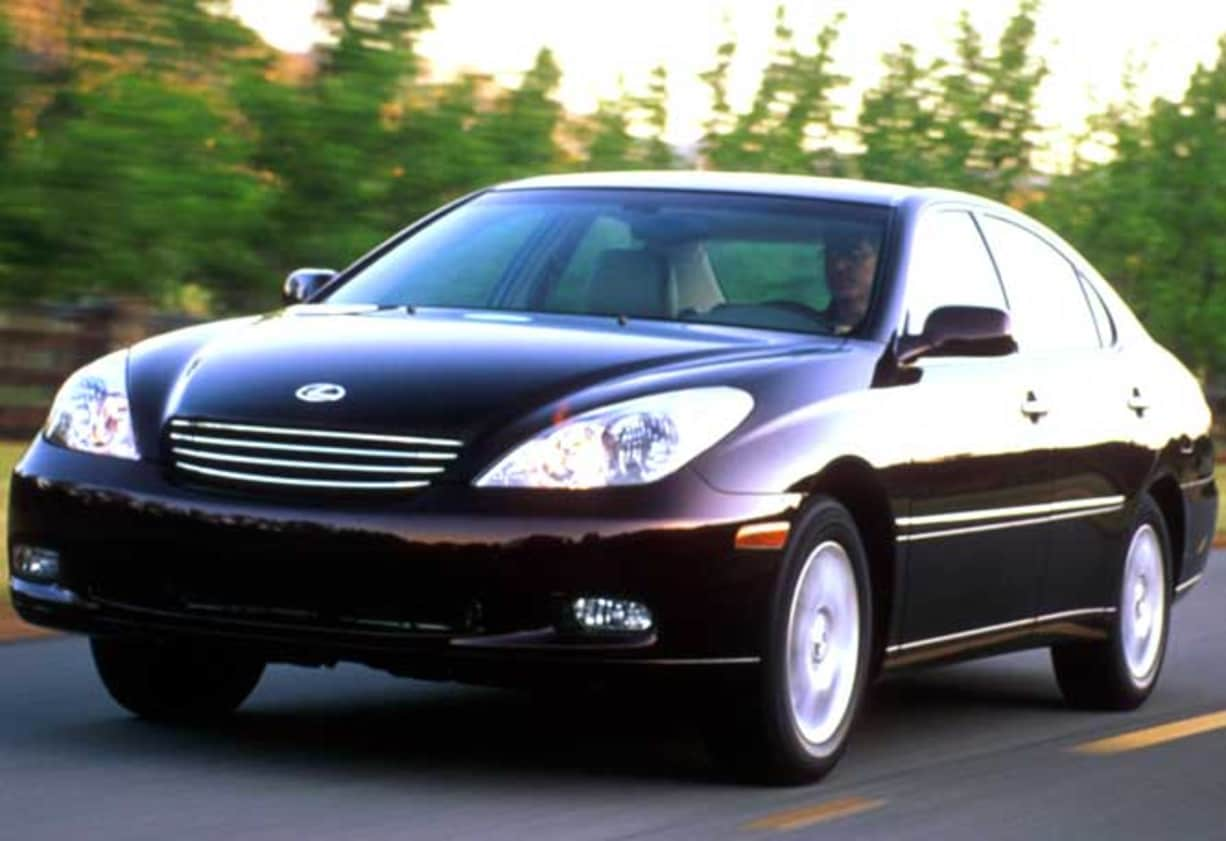
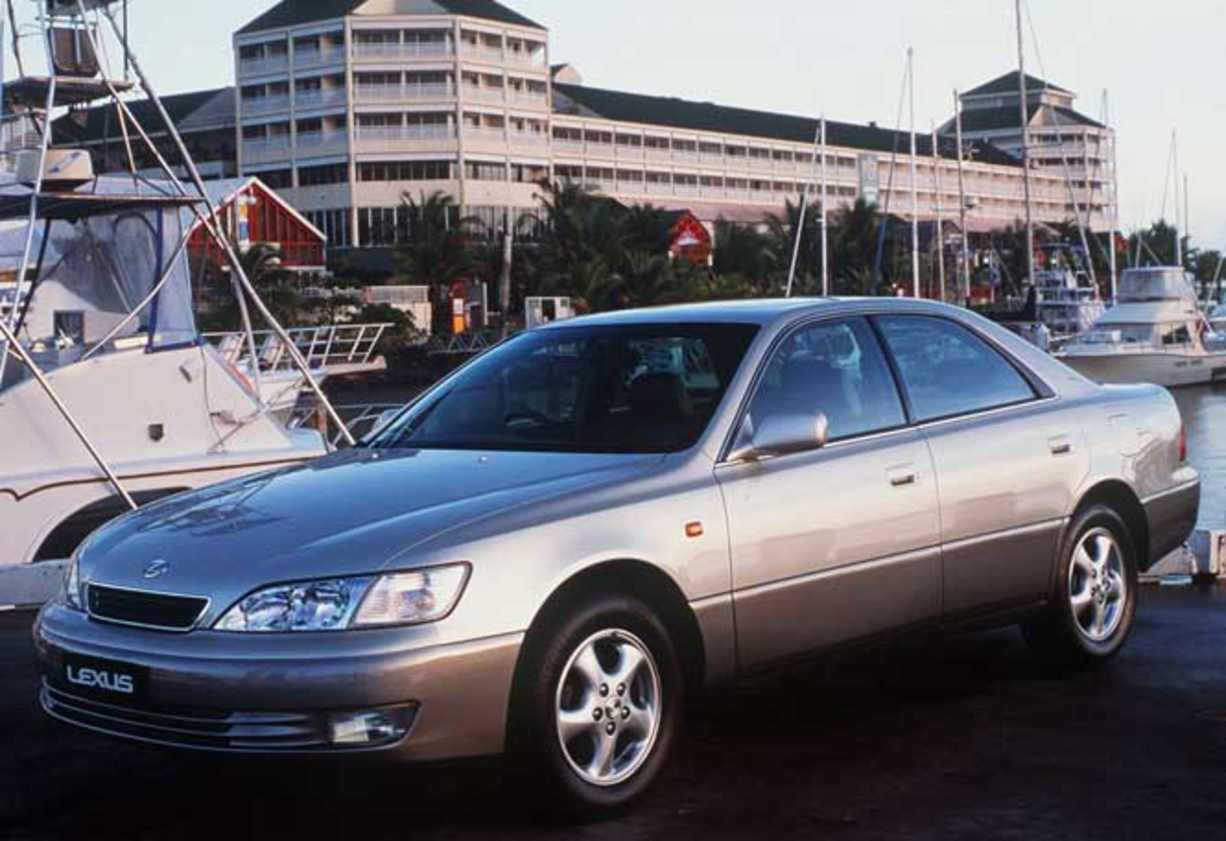
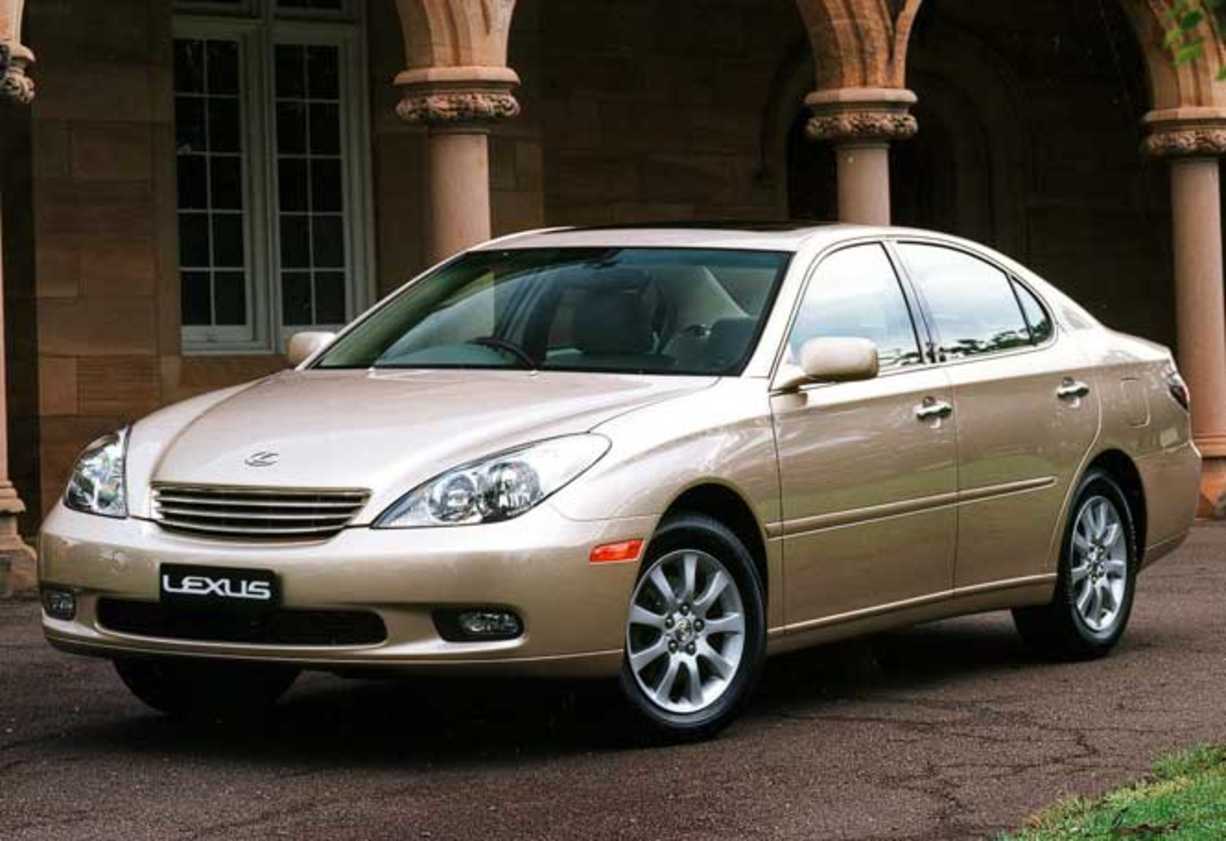
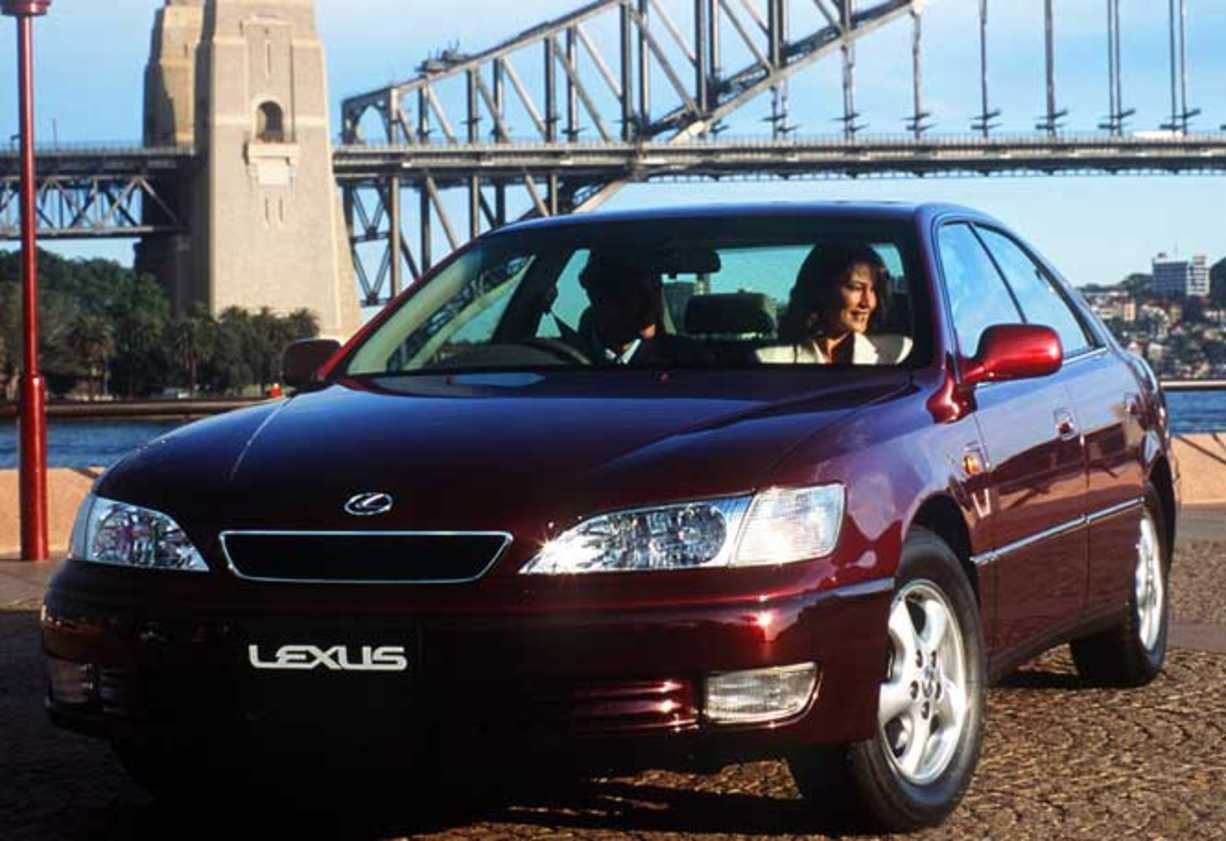














.jpg)

.jpg)













.png)

.jpg)

.jpg)
